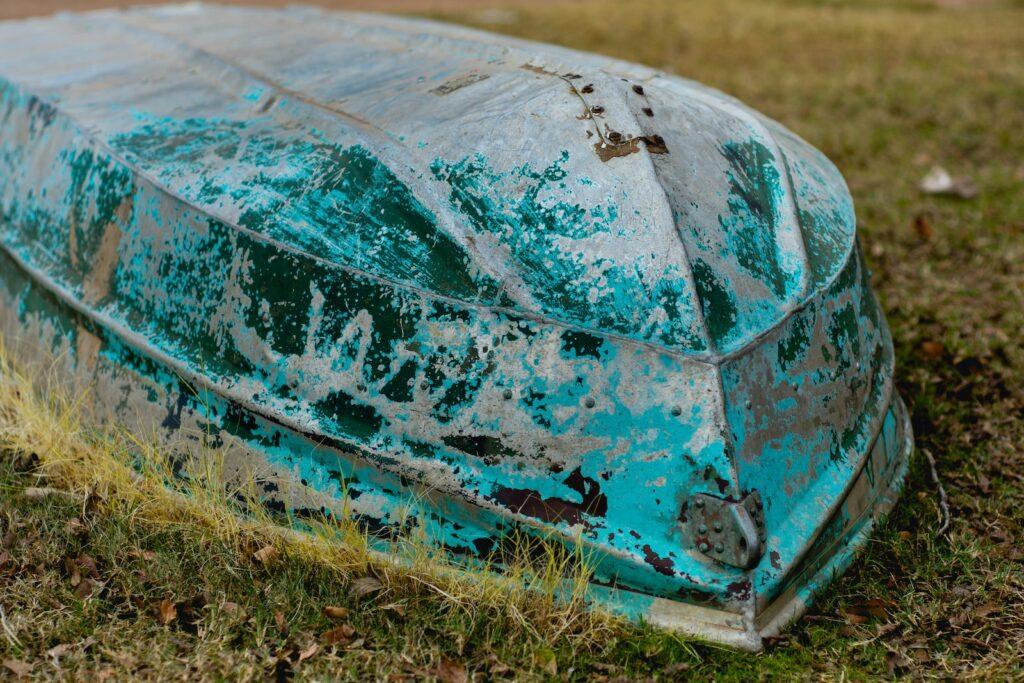How to Repair Aluminum Boats
Aluminum boats are a great option for those who want an affordable, lightweight, and durable boat. However, they do require some maintenance and repair from time to time. Learning how to repair aluminum boats is an important skill for any boat owner. In this article, we will cover some of the basics of aluminum boat repair and maintenance.
Key Takeaways:
- It’s crucial to understand the unique properties of aluminum, such as its lightweight nature, corrosion resistance, and thermal conductivity. This knowledge is essential for effective repairs, as the methods and materials used for aluminum boats differ significantly from those used for boats made of other materials like fiberglass or wood.
- Aluminum boat repair often involves welding, which requires specific techniques and equipment. Unlike welding steel, aluminum welding demands a higher skill level and understanding of the metal’s behavior under heat. Using the right type of welder, such as a TIG (Tungsten Inert Gas) welder, and employing proper welding techniques are vital for a strong and durable repair.
- While aluminum is corrosion-resistant, it is not immune to it, especially in marine environments. Understanding how to prevent and treat corrosion is essential. This includes regular maintenance, using the right types of paints and coatings, and addressing any electrolysis issues. Regular inspections for signs of corrosion and taking immediate action when it’s detected can significantly extend the life of an aluminum boat.
How to Repair Aluminum Boats
To repair an aluminum boat, start by cleaning the area to be repaired with a mild detergent and water. Next, sand the area with 80-grit sandpaper to create a rough surface for the patch to adhere to. Then, use a marine-grade aluminum patch to cover the damaged area. Use a putty knife to spread a marine-grade epoxy resin on the patch and the surrounding area. Once the epoxy has cured, sand the area with 80-grit sandpaper and apply a marine-grade primer. Paint the area with a marine-grade paint specifically designed for aluminum.
- Inspect the boat for any signs of damage or wear.
- Clean and sand down the damaged areas.
- Use a two-part aluminum-repair epoxy to patch any holes or cracks.
- Sand down the epoxy patch to ensure a flush fit.
- Prime the patch and surrounding area with a rust-inhibiting primer.
- Apply a top coat of marine paint to the patch and surrounding area.
- Allow the paint to dry before taking the boat back out on the water.
For more extensive repairs, it is best to consult a professional boat repair technician. They can advise you on the most effective and long-lasting repair techniques, as well as providing any additional materials or supplies needed. It is also recommended that you use stainless steel hardware and fasteners when repairing an aluminum boat, as they are resistant to corrosion and will last longer. You should always use a sealant or protectant on any exposed aluminum surfaces to help prevent corrosion.
We have found this video on Youtube about it:
Identifying Damage
The first step in repairing an aluminum boat is to identify the damage. Look for any signs of wear and tear, such as dents, cracks, or corrosion. You may also want to inspect the interior of the boat to check for any leaks or damage. Make sure to closely inspect all areas of the boat, including the hull, transom, and keel. If You have a problem with leaky rivets then it would be easy to find a solution.
Small Dents
Small dents can often be repaired using a hammer and a dolly. Start by placing the dolly behind the dent and then use the hammer to gently tap the area until it is flush with the rest of the boat.
Large Dents
Large dents may require more extensive repairs. In this case, it may be best to consult a professional boat repair shop for assistance.
Cracks
Cracks in the hull can be repaired using a fiberglass repair kit. Start by sanding down the area and then use the kit to patch the crack.
Corrosion
Corrosion is another common issue with aluminum boats. Corrosion can be removed using a wire brush or sandpaper. Make sure to use a mild detergent to remove any residue and then apply a protective coating.
Painting and Polishing

Once the repairs are complete, it is important to paint and polish the boat to protect it from further damage. Start by cleaning the boat with a mild detergent and then use a paintbrush to apply a two-part epoxy paint. Once the paint has dried, use a polishing compound to give the boat a shiny finish.
Using a Compressor
Using a compressor is a great way to quickly and evenly apply the paint. Start by connecting the compressor to the spray gun and then adjust the pressure settings to the recommended level. Make sure to cover any areas that you don’t want to paint and then begin spraying the boat in long, even strokes.
Using a Rag
If you don’t have access to a compressor, you can still paint the boat using a rag. Start by dipping the rag into the paint and then apply it to the boat in long, even strokes.
Polishing the Boat
Once the paint has dried, use a polishing compound to give the boat a shiny finish. Start by applying the compound with a soft cloth and then use a buffer to buff the boat in long, even strokes.
Cleaning and Maintenance

Regular cleaning and maintenance are essential for keeping your aluminum boat in good condition. Start by cleaning the exterior of the boat with a mild detergent and then use a brush to scrub the hull and transom. Make sure to inspect the boat regularly for any signs of wear and tear and make any necessary repairs as soon as possible.
Cleaning the Interior
It is also important to clean the interior of the boat regularly. Start by removing any debris and then use a mild detergent to clean the floor and walls. Make sure to dry the interior of the boat thoroughly to prevent the buildup of mold or mildew.
Inspecting the Hull and Transom
Make sure to inspect the hull and transom of the boat regularly for any signs of wear and tear. Look for any dents, cracks, or corrosion and make any necessary repairs as soon as possible.
Inspecting the Motor
The motor of the boat should also be inspected regularly. Start by checking the oil and fuel levels and then inspect the spark plugs, air filter, and other components. Make sure to replace any worn or damaged parts as soon as possible.
Storing the Boat
When not in use, it is important to store the boat in a dry, sheltered area. Start by covering the boat with a tarp and then secure it in place with bungee cords. Make sure to check the boat periodically for any signs of wear and tear and repair any damage as soon as possible.
Avoiding Moisture
Moisture can cause damage to the boat’s paint and other components. Make sure to store the boat in a dry area and keep it covered with a tarp when not in use.
Using a Boat Lift
Using a boat lift is a great way to keep your boat safe and secure when not in use. Make sure to inspect the lift regularly for any signs of wear and tear and make any necessary repairs as soon as possible.
Using a Boat Cover
Using a boat cover is another great way to protect your boat from the elements. Make sure to use a waterproof cover and secure it in place with bungee cords.
Safety Tips

When operating the boat, make sure to follow all safety guidelines. Start by wearing a life jacket and then inspect the boat for any signs of wear and tear. Make sure to check the weather conditions before heading out and check the fuel and oil levels before starting the engine.
Using a Fire Extinguisher
Make sure to have a fire extinguisher on board at all times. Inspect the extinguisher regularly and make sure to replace it when necessary.
Checking the Weather
Check the weather conditions before heading out on the water. Make sure to pay attention to any severe weather warnings and avoid any areas where there is rough water.
Inspecting the Engine
Before starting the engine, make sure to inspect it for any signs of wear and tear. Check the spark plugs, air filter, and fuel levels and make any necessary repairs as soon as possible.
Conclusion
Learning how to repair aluminum boats is an important skill for any boat owner. By following these tips, you can keep your boat in good condition and prevent any serious damage from occurring. Make sure to inspect the boat regularly and make any necessary repairs and maintenance as soon as possible.
